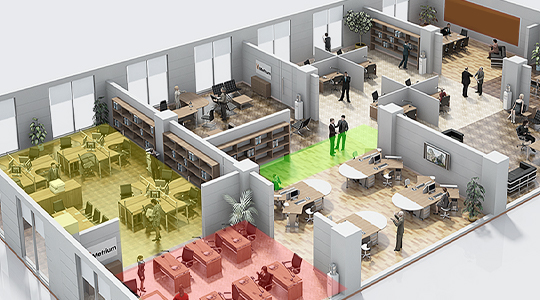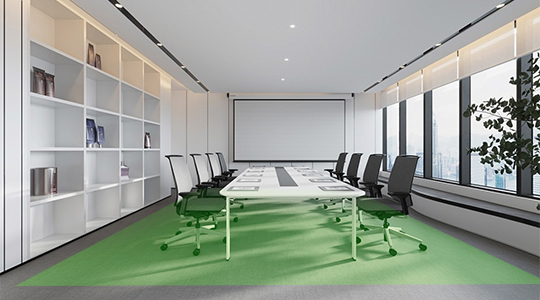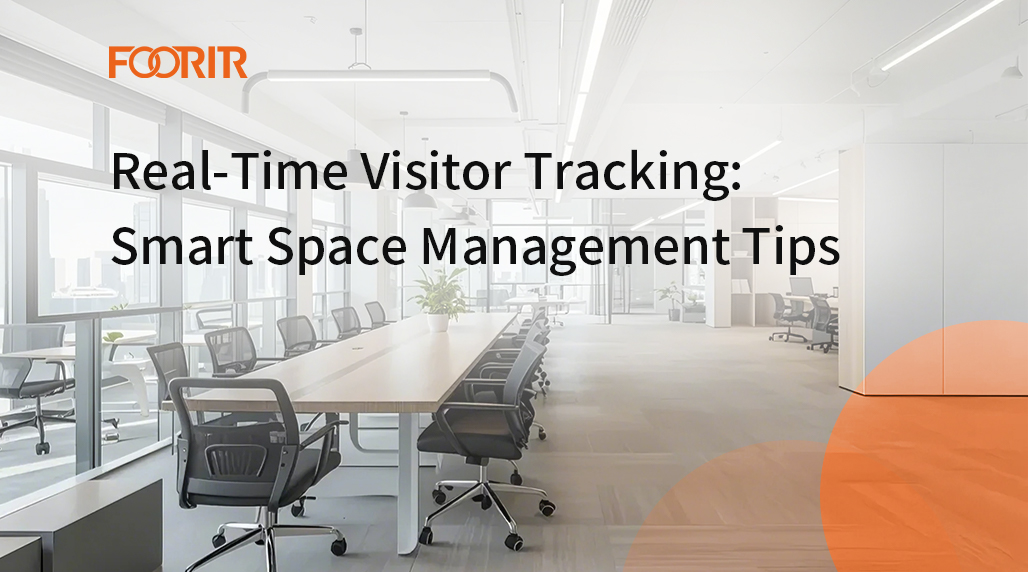Okay, so I’ve been messing around with this idea of tracking office visitors in real-time. It’s all about making better use of space, you know? Like, knowing which areas are packed and which are practically empty. My initial thought was, “How hard could it be?” Turns out, it’s a bit more involved than I initially anticipated, but hey, that’s part of the fun, right?
The Setup
First things first, I needed some hardware. I went with these little people counter – pretty cheap and easy to get your hands on. I figured they’d be good enough to detect bodies moving around without getting into creepy, overly-detailed surveillance territory.
I scattered these sensors around the office, focusing on key areas: meeting rooms, common areas, even the hallways. I wanted a good spread to get a clear picture of movement.
Connecting the Dots
Next up, getting these sensors to talk to each other. I used a simple Wi-Fi setup. Each sensor is connected to the network and sends data whenever it detects something. I’m no expert in networking, but I managed to cobble together something that works. The sensors send their data to a central hub.
Making Sense of the Data
Now, the fun part – the data! All this sensor info gets sent to a little computer I set up. This is where the magic happens. I wrote a basic program (lots of trial and error here!) that takes the raw sensor data and turns it into something useful. Basically, it counts how many times each sensor is triggered, giving me a rough idea of how many people are in each area.
- Raw Data: Just a bunch of “pings” from the sensors.
- Processed Data: Counts of activity in each zone.
Displaying the Info
I’m a visual person, so I wanted to see what was going on. I created a simple dashboard. It’s nothing fancy, just a floor plan of the office with color-coded areas. Green for “empty,” yellow for “getting busy,” and red for “packed.”

The Reality Check
It’s not perfect, not by a long shot. Sometimes, the sensors get triggered by things other than people (like that one time the cleaning crew set them all off at once!). And the “real-time” aspect is more like “slightly-delayed-time,” but it is close enough for my needs. The counts aren’t 100% accurate, but they give a pretty good overall picture.
What I learned, The Result
My system has been running for few weeks.
This whole project was a huge learning experience. I fumbled my way through hardware, software, and a whole lot of debugging. But in the end, I have a working system that helps me (and others in the office) see how space is being used. We can now easily make decisions like, “Hey, Meeting Room A is always empty on Tuesdays, let’s use it for something else.” Or, “Wow, the common area is super crowded at lunchtime, maybe we need more tables.”

It’s not exactly rocket science, I started with zero professional experience. But it’s a practical solution to a real-world problem, and that’s what I was aiming for. And, if a novice like myself can get something like this off the ground, imagine what you guys can achieve with a similar tool and a bit more experience!
